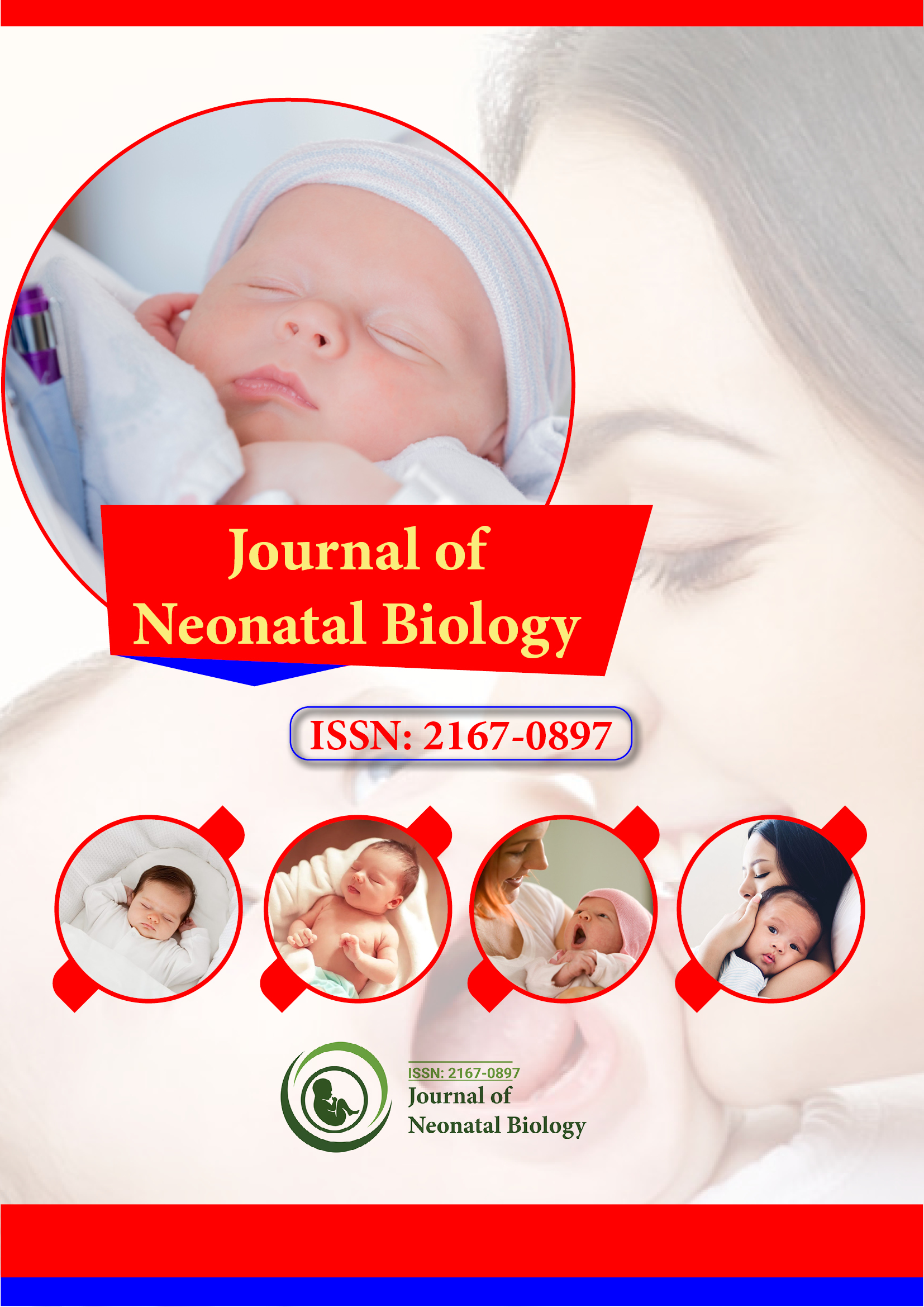Indiziert in
- Genamics JournalSeek
- RefSeek
- Hamdard-Universität
- EBSCO AZ
- OCLC – WorldCat
- Publons
- Genfer Stiftung für medizinische Ausbildung und Forschung
- Euro-Pub
- Google Scholar
Nützliche Links
Teile diese Seite
Zeitschriftenflyer

Open-Access-Zeitschriften
- Allgemeine Wissenschaft
- Biochemie
- Bioinformatik und Systembiologie
- Chemie
- Genetik und Molekularbiologie
- Immunologie und Mikrobiologie
- Klinische Wissenschaften
- Krankenpflege und Gesundheitsfürsorge
- Landwirtschaft und Aquakultur
- Lebensmittel & Ernährung
- Maschinenbau
- Materialwissenschaften
- Medizinische Wissenschaften
- Neurowissenschaften und Psychologie
- Pharmazeutische Wissenschaften
- Umweltwissenschaften
- Veterinärwissenschaften
- Wirtschaft & Management
Abstrakt
Neuronically Adapted Vetilatory Support in Newborns
Fermin Arci Munoz Rodrigo and Sonia Rodriguez Rivero
Invasive and noninvasive ventilation of preterm infants can be associated with local and systemic complications due to mechanical trauma to the lung tissue and its inflammatory response. A major goal of any type of mechanical ventilation is therefore to reduce its duration and associated side effects. Neurally adapted ventilator assist (NAVA), a method that uses the electrical activity of the diaphragm (EAdi) as a signal to trigger mechanical ventilator pulses, can improve patient-ventilator synchronization and optimize the volume of gas delivered to the lungs according to patient needs, ultimately reducing volume and biotrauma. The EAdi signal can also be used as a vital signal to monitor the patient's neural respiratory drive. Preliminary data show some benefit from using NAVA in the neonatal period, but further studies are needed to assess whether these short-term benefits translate into better outcomes in the long term.